America’s cities offer more than hometown charm — many transport visitors straight to international destinations through their unique cultural enclaves, architecture, and atmosphere. Whether through waves of immigration, university influence, or deliberate city planning, these urban centers have developed distinct global personalities while remaining quintessentially American.
Here is a list of 20 U.S. cities that might make you feel like you’ve stamped your passport without leaving the country.
Miami, Florida

Miami’s Cuban influence transforms this coastal city into a slice of Caribbean and Latin American culture. Walking through Little Havana feels like stepping into another country with Spanish filling the air, traditional cafes serving authentic Cuban coffee, and colorful murals depicting the island’s heritage.
The city’s architecture further enhances this international vibe with its distinctive Art Deco buildings and modern designs by global architects.
New Orleans, Louisiana
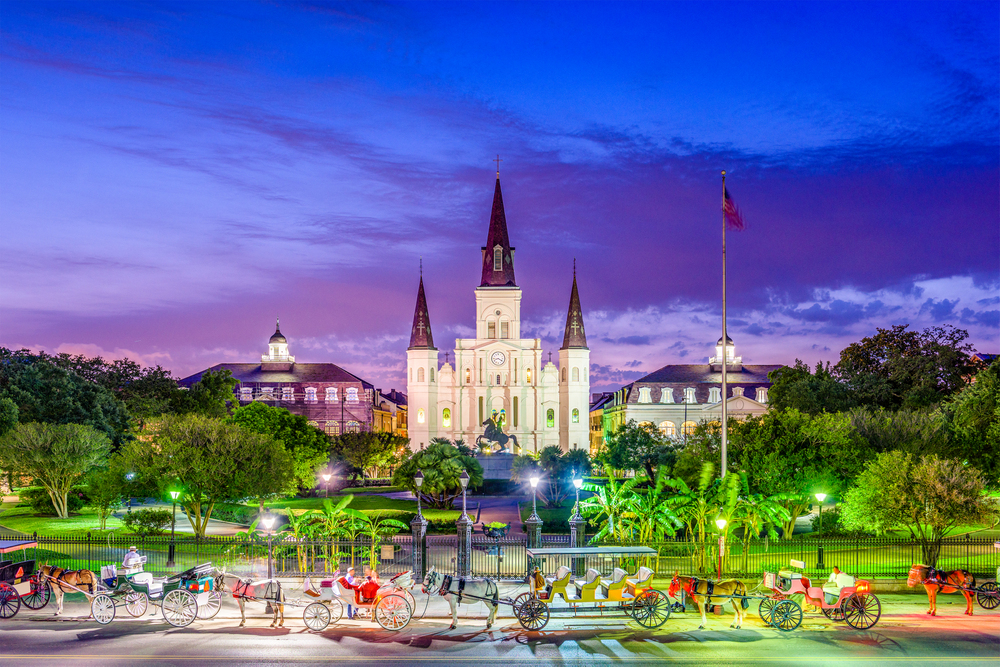
New Orleans blends French, Spanish, African, and Caribbean influences into a cultural gumbo unlike anywhere else in America. The French Quarter’s ornate ironwork balconies and courtyards transport visitors straight to Europe, while the city’s distinctive cuisine fuses global flavors into dishes found nowhere else.
The musical heritage echoes influences from across the Atlantic, creating an atmosphere that feels more like an international port city than a typical American town.
Like Travel Pug’s content? Follow us on MSN.
San Francisco, California

San Francisco hosts one of North America’s largest and oldest Chinatowns, creating an authentic Asian experience in the heart of California. The city’s steep hills lined with colorful Victorian homes remind visitors of European cities like Lisbon, while the international tech workforce has brought global cuisines and cultural celebrations.
Golden Gate Park even features a traditional Japanese Tea Garden, which has transported visitors to East Asia since 1894.
Boston, Massachusetts
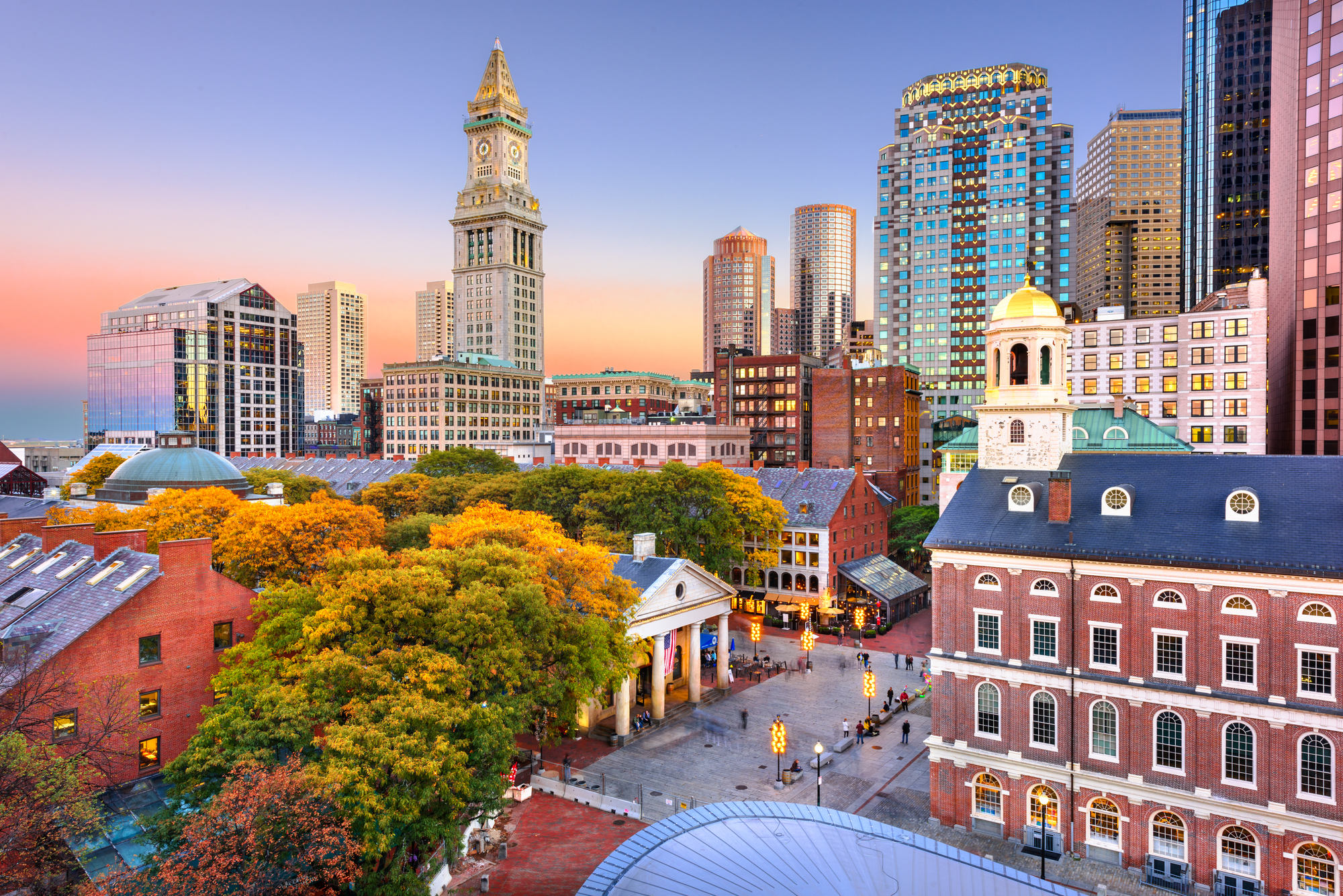
Boston combines American history with a decidedly European feel through its cobblestone streets and centuries-old architecture. The North End neighborhood functions as a slice of Italy with its authentic eateries, espresso bars, and annual feasts celebrating Italian saints.
Academic influence from its many universities attracts students and faculty from around the world, creating diverse cultural pockets throughout the city.
Minneapolis, Minnesota
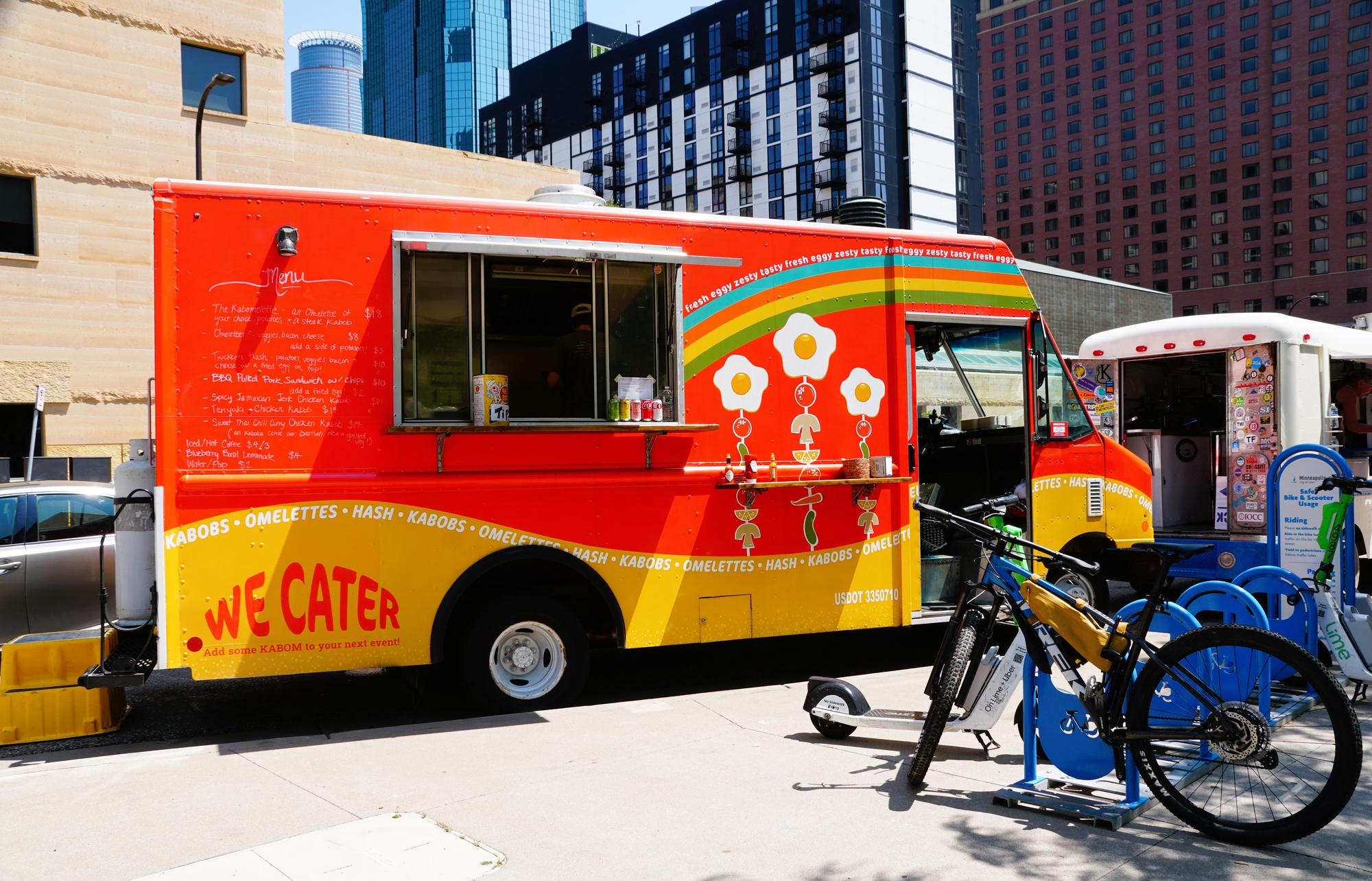
Minneapolis hosts the largest Somali community in the United States, transforming areas like Cedar-Riverside into vibrant cultural hubs with authentic East African restaurants and shops. The city also features a significant Hmong population whose influence appears in cultural festivals, markets, and cuisine.
This northern city might surprise visitors with its international character nestled among its famous lakes and parks.
Like Travel Pug’s content? Follow us on MSN.
Houston, Texas

Houston ranks among America’s most diverse cities, with over 145 languages spoken within its boundaries. The Mahatma Gandhi District offers an immersive South Asian experience with sari shops, jewelry stores, and restaurants serving regional Indian and Pakistani specialties.
The city’s international reputation extends to its world-class medical center, which attracts patients and medical professionals from across the globe.
Queens, New York

Queens represents the world’s most ethnically diverse urban area, with residents from over 120 countries. Neighborhoods like Jackson Heights function as microcosms of the globe with Indian sari shops next to Colombian bakeries near Tibetan restaurants.
A single subway ride allows visitors to experience authentic Greek culture in Astoria, vibrant Chinese communities in Flushing, and Little India along 74th Street.
Chicago, Illinois
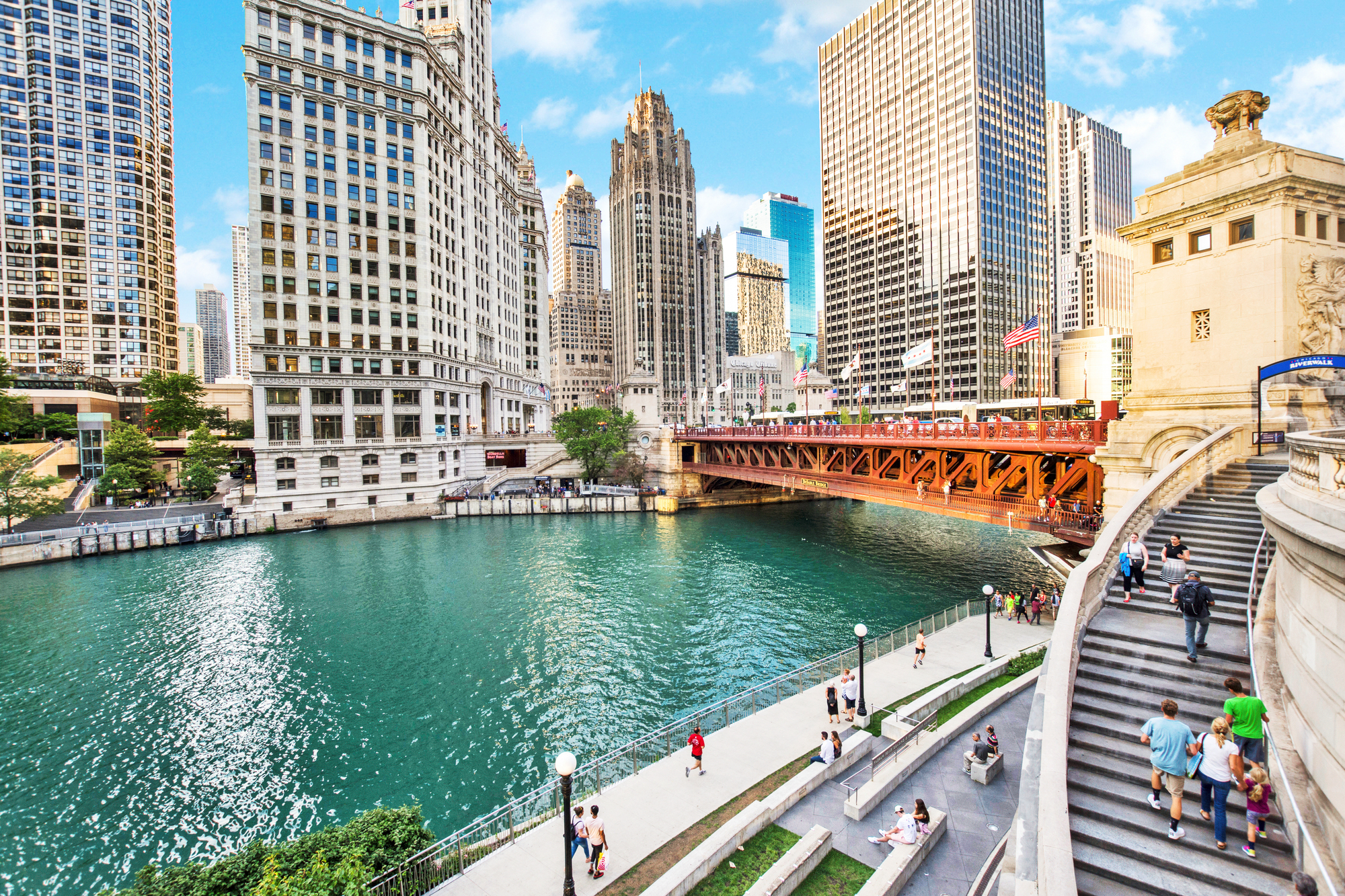
Chicago features distinct international neighborhoods that have maintained their cultural identity for generations. Devon Avenue presents a remarkable blend of South Asian and Jewish heritage, with kosher delis operating alongside Indian and Pakistani restaurants.
The city’s Greektown, Pilsen (Mexican), and Little Italy districts offer immersive global experiences within minutes of downtown’s iconic American skyline.
Like Travel Pug’s content? Follow us on MSN.
Detroit, Michigan

Detroit contains Dearborn, home to one of the largest Arab-American communities in the nation. This remarkable cultural enclave features Middle Eastern bakeries, markets, and restaurants, creating an authentic atmosphere reminiscent of Lebanon, Yemen, and Iraq.
The city also hosts Hamtramck, which is historically Polish but now home to significant Bangladeshi and Yemeni communities, where mosque calls to prayer blend with church bells.
Portland, Oregon

Portland combines Asian influences in its classical Chinese garden with European elements in its urban planning and cafe culture. The city’s international food scene extends well beyond typical American fare with Ethiopian, Scandinavian, and Georgian restaurants scattered throughout its neighborhoods.
Portland’s dedication to public transportation and bicycle infrastructure gives it a distinctly European feel compared to most car-centric American cities.
Las Vegas, Nevada
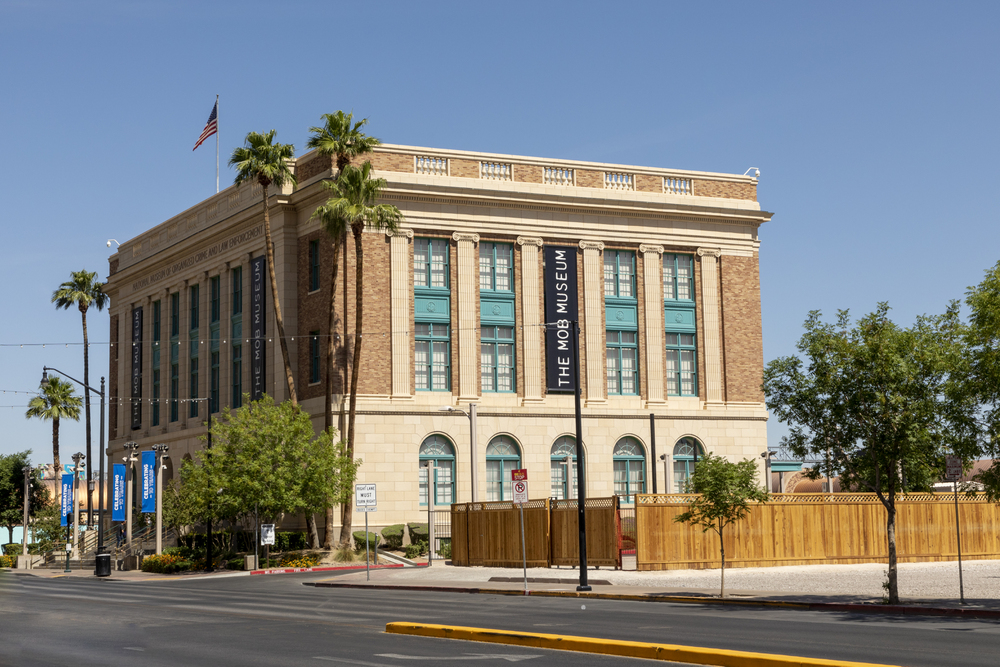
Las Vegas deliberately recreates global experiences through its themed resorts, which represent Paris, Venice, Egypt, and other international destinations. Beyond the Strip, authentic international communities have established themselves with Thai temples, Ethiopian churches, and Central American markets serving local immigrant populations.
The entertainment industry attracts international performers, creating a surprisingly cosmopolitan atmosphere in this desert city.
Like Travel Pug’s content? Follow us on MSN.
St. Louis, Missouri
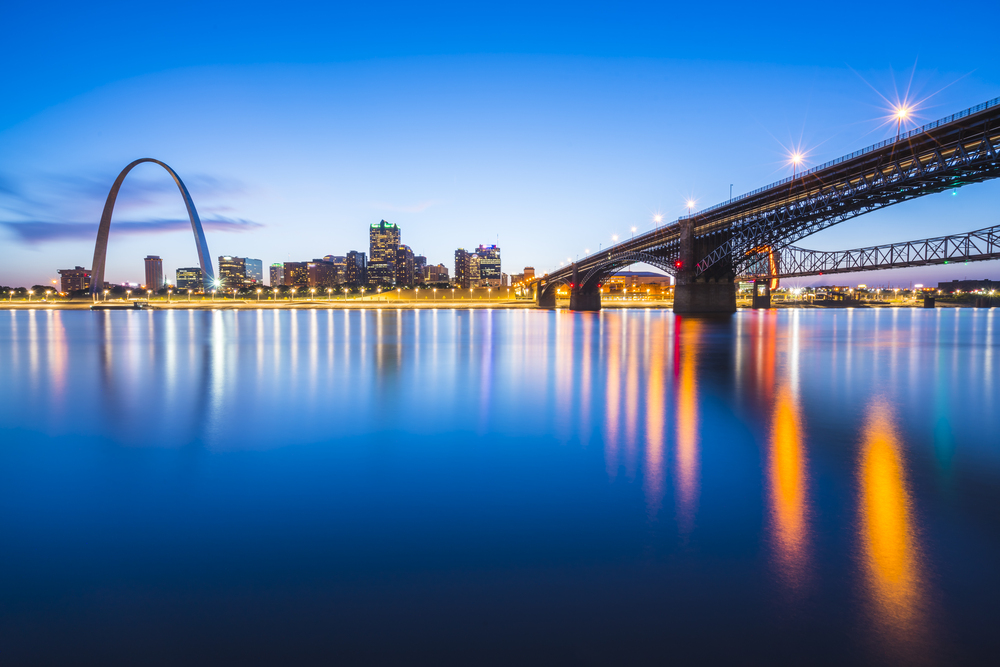
St. Louis maintains one of America’s original Chinatowns alongside the largest Bosnian community outside Europe. The Bevo Mill area transformed into ‘Little Bosnia’ following refugee resettlement in the 1990s, complete with cafes serving traditional coffee and bakeries making burek pastries.
The city’s iconic Gateway Arch may symbolize westward expansion, but today it overlooks a surprisingly diverse urban landscape with global connections.
Baltimore, Maryland
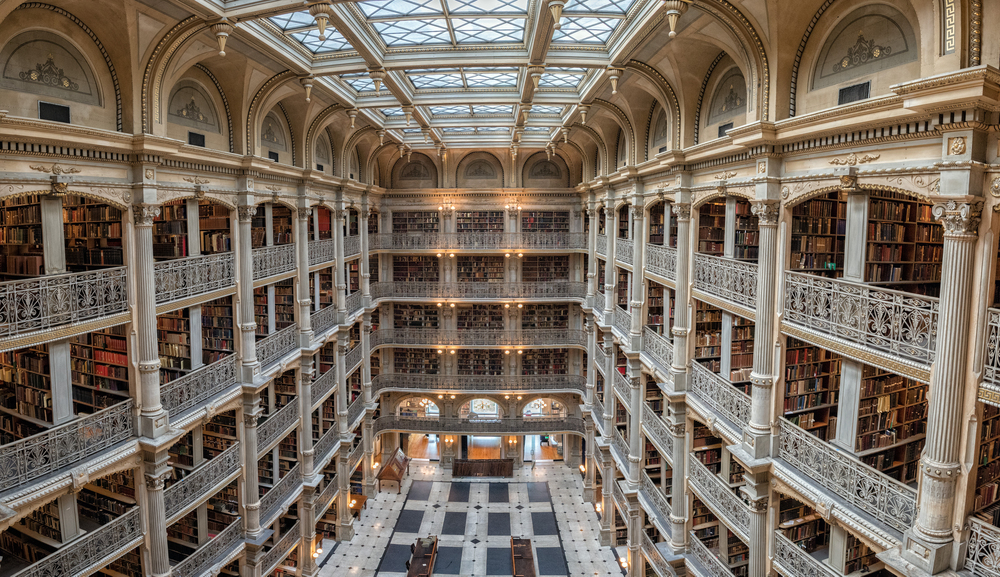
Baltimore’s historic Fell’s Point district maintains a maritime atmosphere reminiscent of old European port cities with cobblestone streets and waterfront pubs. The city hosts a thriving Greek community centered around the annual Greek Folk Festival, one of the East Coast’s largest cultural celebrations.
Little Ethiopia and a growing Latino presence in Upper Fells Point add further international dimensions to this historic seaport.
Honolulu, Hawaii

Honolulu naturally blends Polynesian, Asian, and Western influences into a unique Pacific crossroads. The city’s Chinatown district dates back to the 1800s and remains vibrant with traditional medicine shops, temples, and authentic restaurants representing various Chinese regional cuisines.
Japanese cultural influence appears throughout the city in gardens, temples, and annual festivals celebrating heritage that spans generations.
Like Travel Pug’s content? Follow us on MSN.
Anchorage, Alaska

Anchorage might seem isolated, but its position as an international air hub connects it directly to Asia and Europe. The city hosts surprisingly diverse neighborhoods with significant Korean, Samoan, and Filipino communities established through military connections and transportation industries.
Traditional Alaska Native culture blends with these global influences, creating a unique Arctic cosmopolitan environment unlike anywhere else in America.
Washington, D.C.

Washington’s diplomatic core creates an international atmosphere, with over 175 foreign embassies and residences scattered throughout the capital. The Adams Morgan neighborhood delivers a global experience, with Ethiopian restaurants neighboring Salvadoran pupuserias and Moroccan lounges.
The annual embassy open house event transforms the city into a global village where visitors can experience dozens of countries in a single afternoon.
Seattle, Washington

Seattle’s International District encompasses Chinatown, Japantown, and Little Saigon in one vibrant neighborhood dating back to the 1880s. The city’s Nordic heritage remains visible in the Ballard district with its Scandinavian shops, restaurants, and the impressive Nordic Museum.
Seattle’s rainy climate and coffee shop culture create an atmosphere reminiscent of Northern European cities like Copenhagen or Amsterdam.
Like Travel Pug’s content? Follow us on MSN.
Philadelphia, Pennsylvania
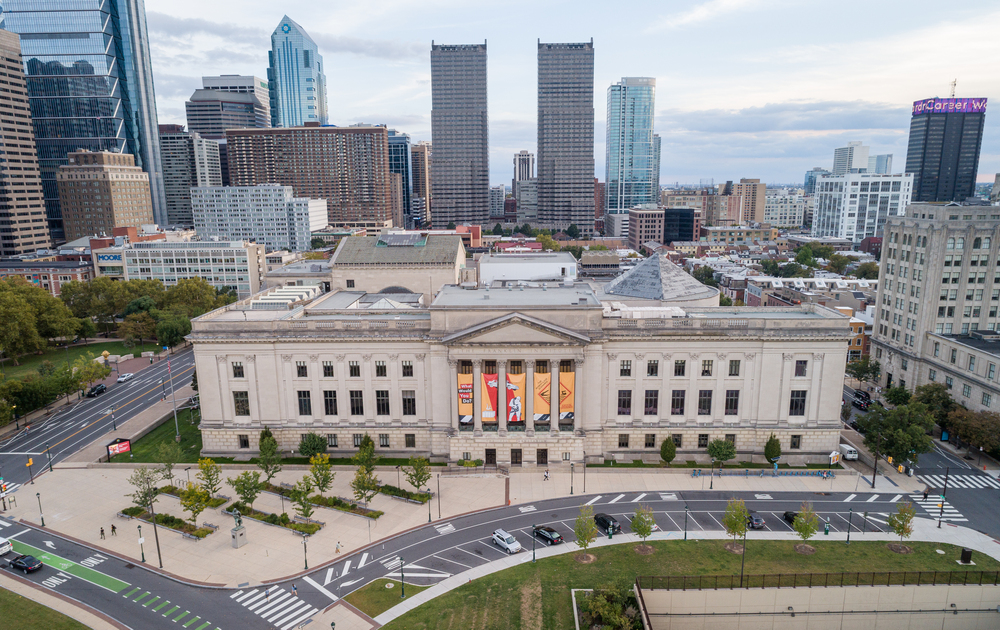
Philadelphia’s Italian Market continues traditions established by immigrants over a century ago while now incorporating Mexican, Vietnamese, and Korean businesses. The University City district around Penn and Drexel creates a global academic environment with international students bringing cultural diversity.
Historic architecture throughout the city center evokes European capitals, giving the birthplace of American democracy an old-world feel.
Providence, Rhode Island
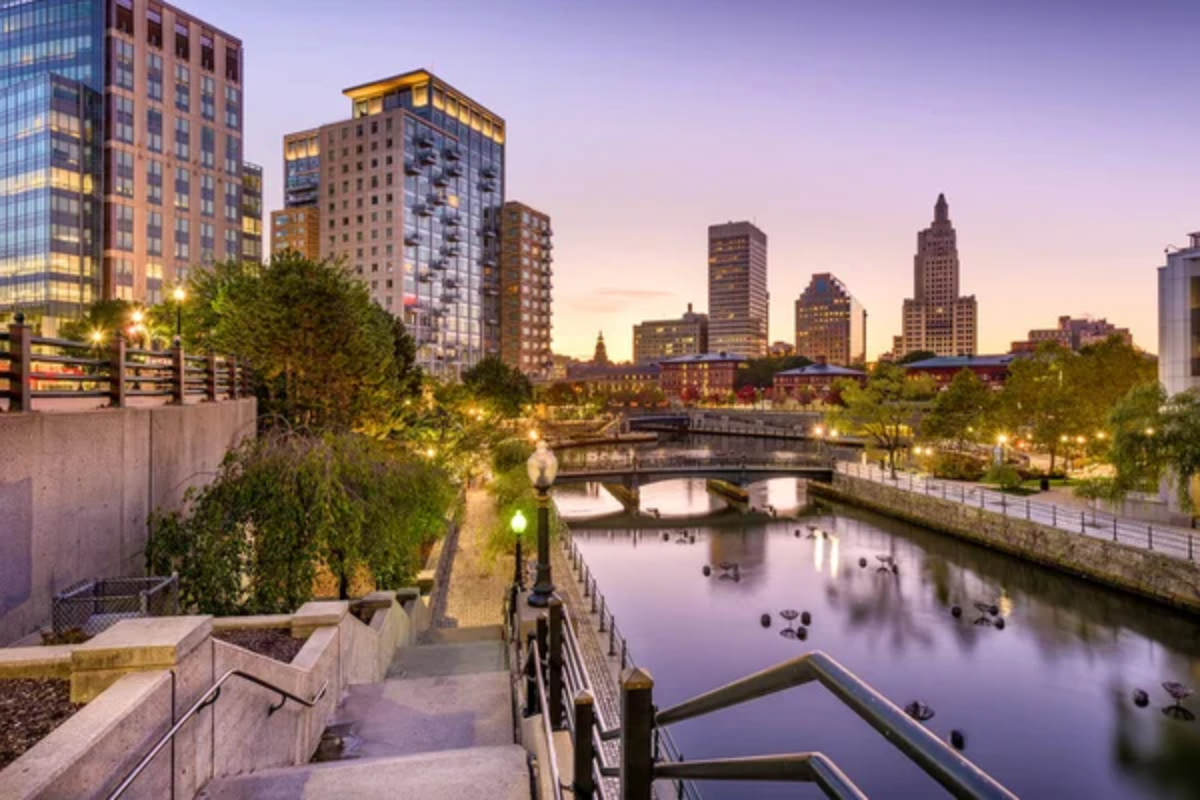
Providence combines Portuguese and Italian influences throughout the Federal Hill and Fox Point neighborhoods with authentic eateries, bakeries, and cultural celebrations. The prestigious Rhode Island School of Design attracts international art students, creating a surprisingly cosmopolitan atmosphere for a smaller New England city.
Historic colonial architecture alongside European-style public squares gives Providence a distinctly old-world atmosphere despite its modest size.
Austin, Texas
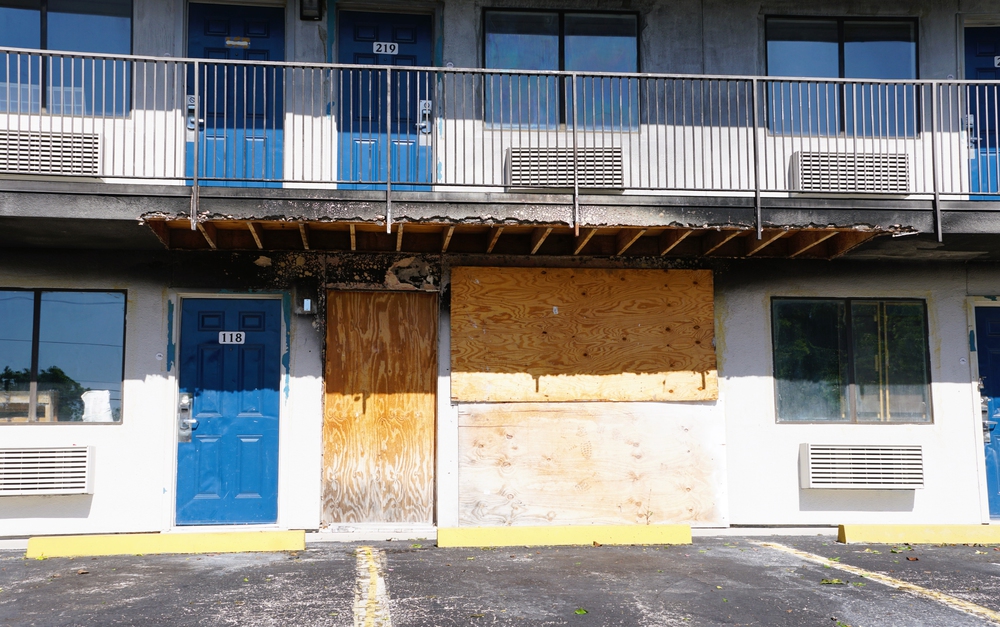
Austin’s international character develops through its university population, tech industry, and cultural festivals that attract global participants. The city hosts vibrant Vietnamese and Ethiopian communities with authentic restaurants serving traditional dishes rarely found elsewhere in Texas.
The annual SXSW festival transforms Austin into a truly international destination where global music, film, and technology converge in this otherwise quintessential Texas city.
Like Travel Pug’s content? Follow us on MSN.
Global Intersections in American Identity

These American cities demonstrate how global influences continue shaping our national identity through food, architecture, language, and cultural practices. What makes these urban spaces unique isn’t just their ability to replicate international experiences but how they’ve integrated global elements into distinctly American contexts.
The surprising diversity within these cities reminds us that American culture has always been a dynamic conversation between traditions from around the world and homegrown innovation. As these cities continue evolving, they preserve important cultural heritage while creating new hybrid identities that couldn’t exist anywhere else.
More from Travel Pug

- Cities Growing so Fast You Won’t Recognize Them in 10 Years
- 13 Destinations Where Tourists Regularly Regret Their Trip
- 16 U.S. Cities That Are Quietly Becoming Travel Hotspots
- Where to Travel If You Love Long Bus Rides and Daydreams
- 20 Cities Perfect for Solo Travelers Who Crave Adventure & Culture
Like Travel Pug’s content? Follow us on MSN.
